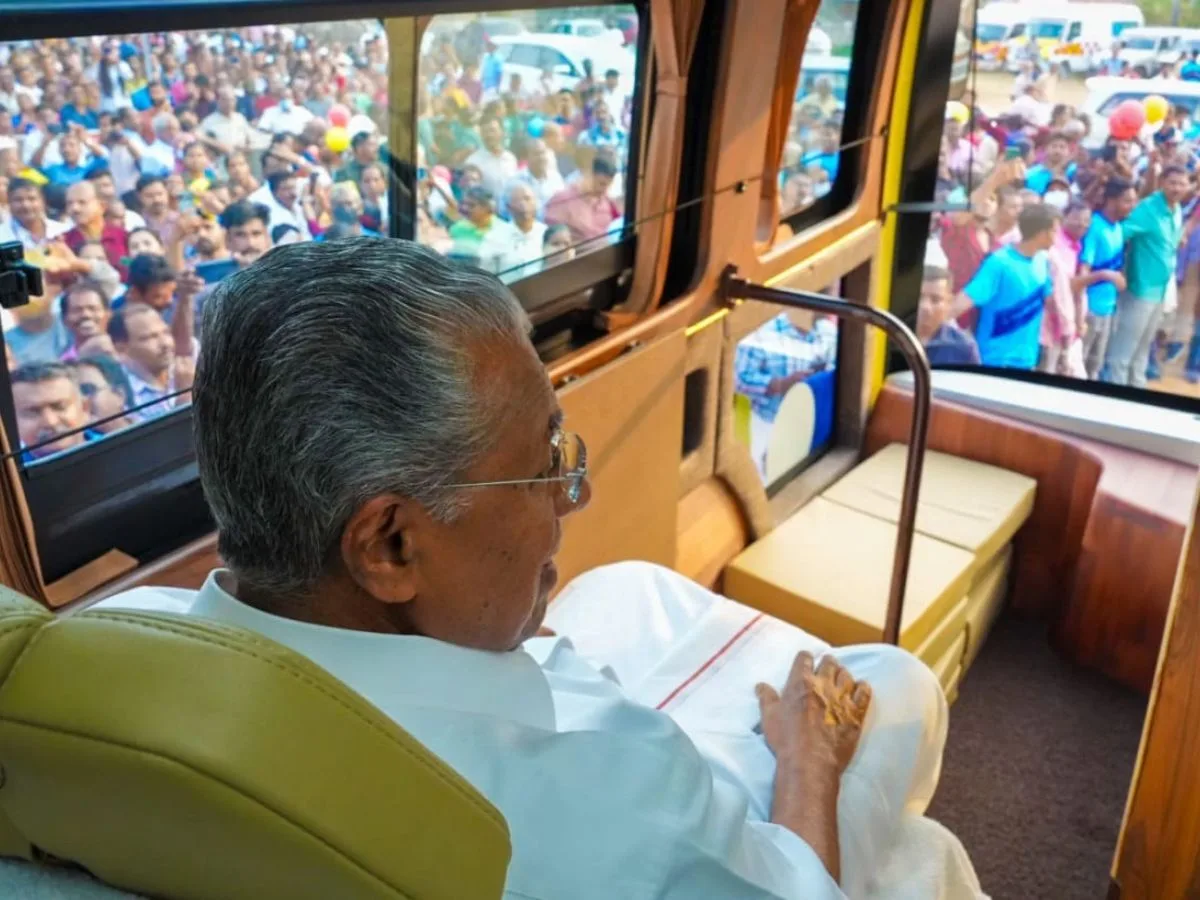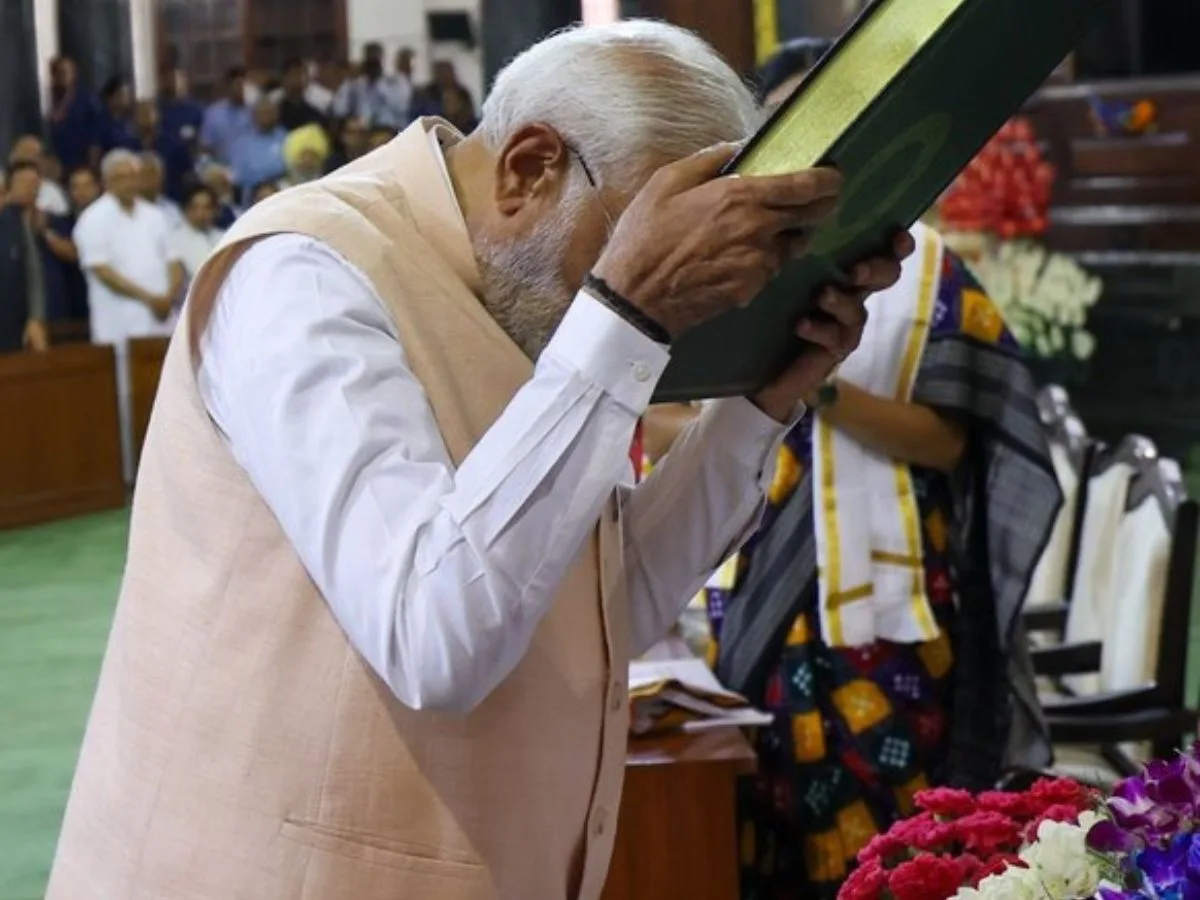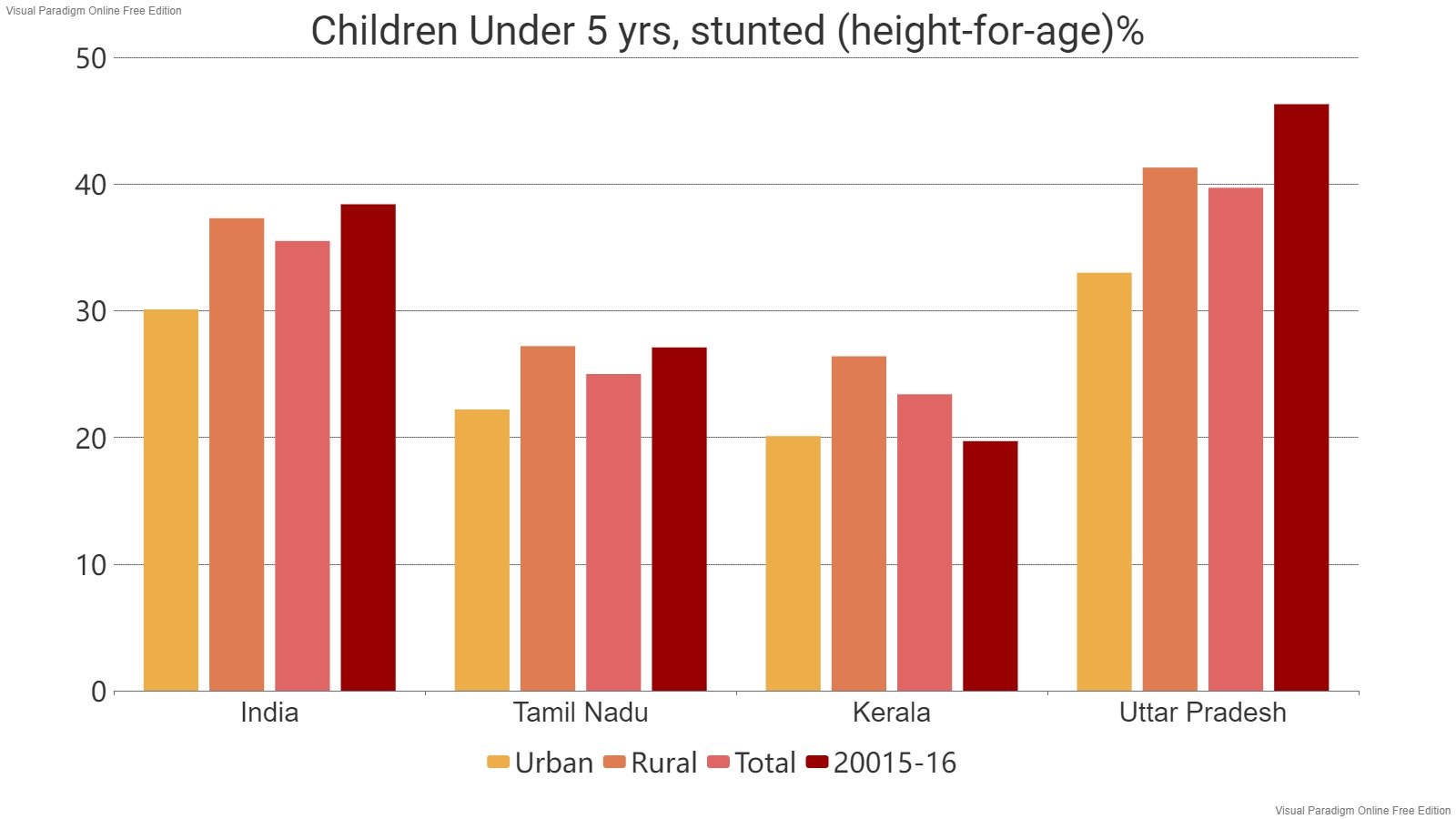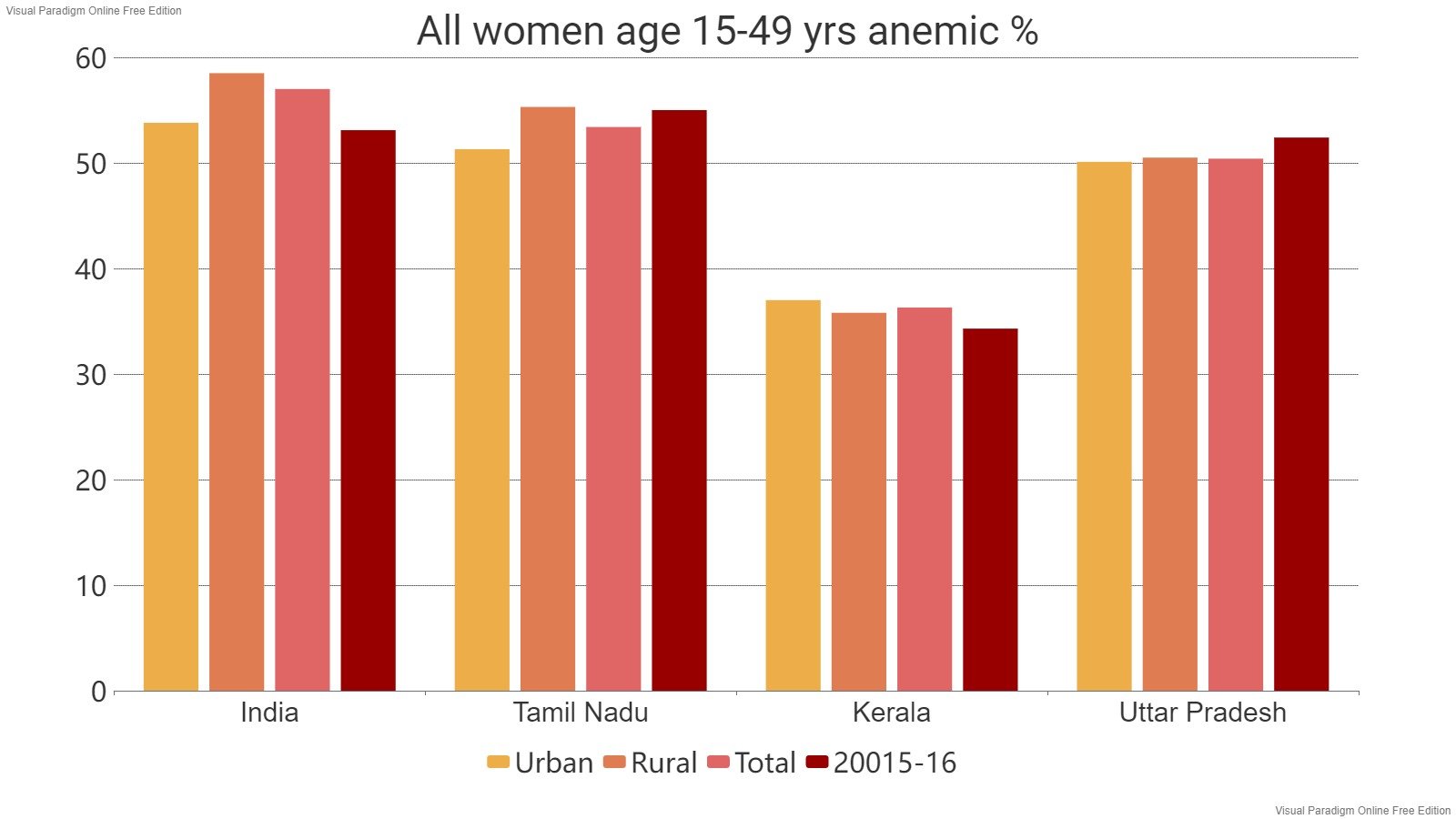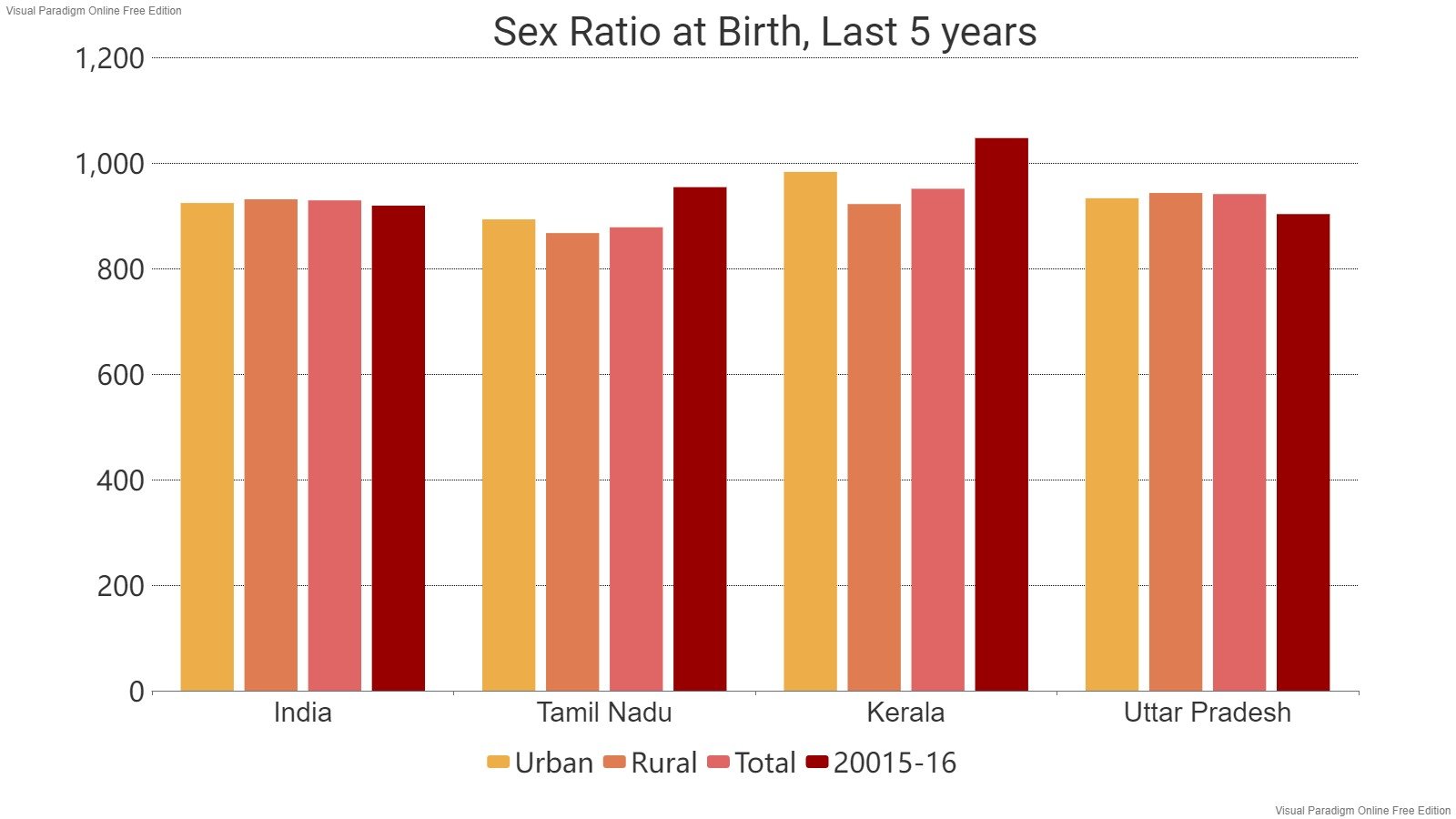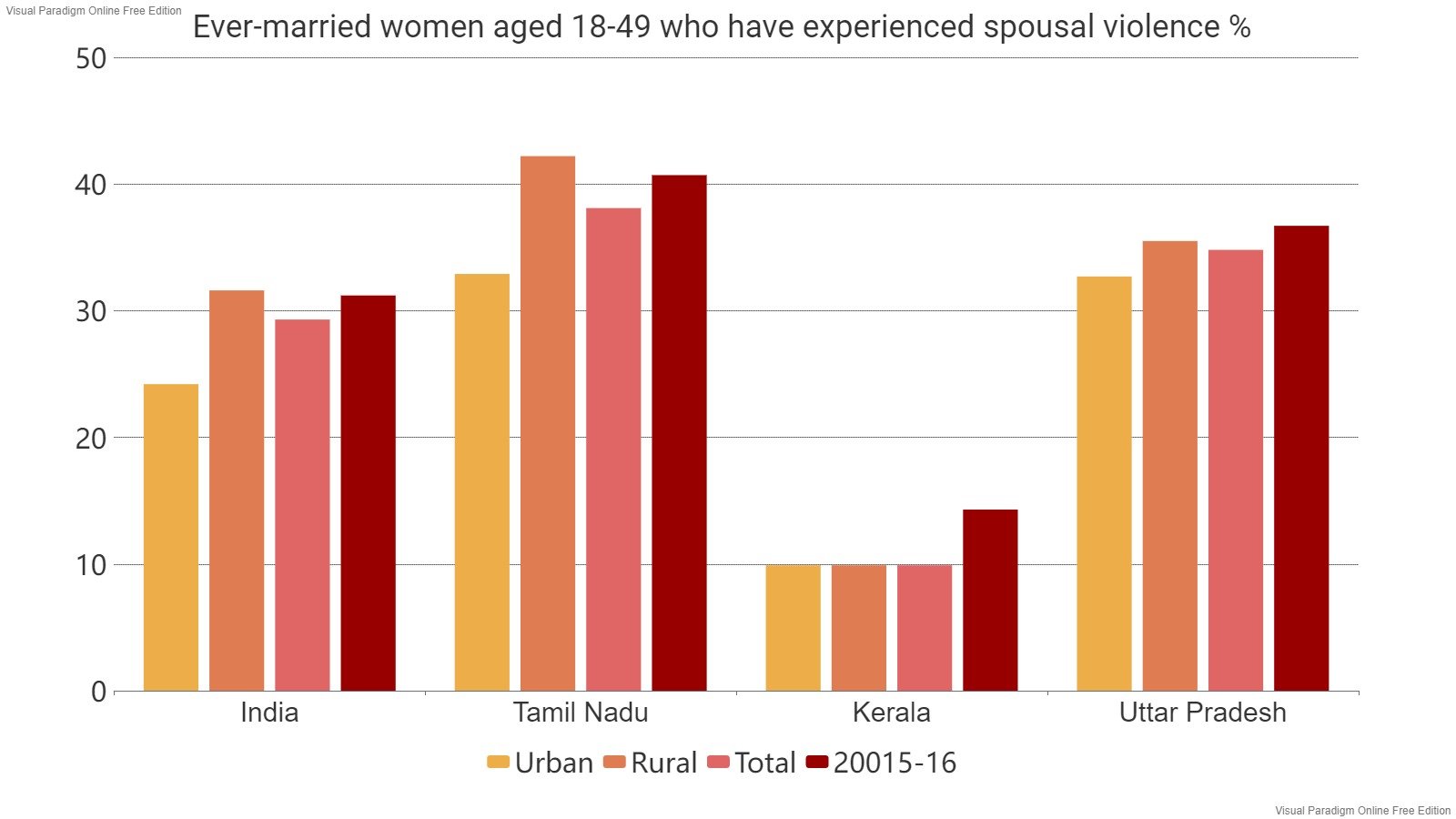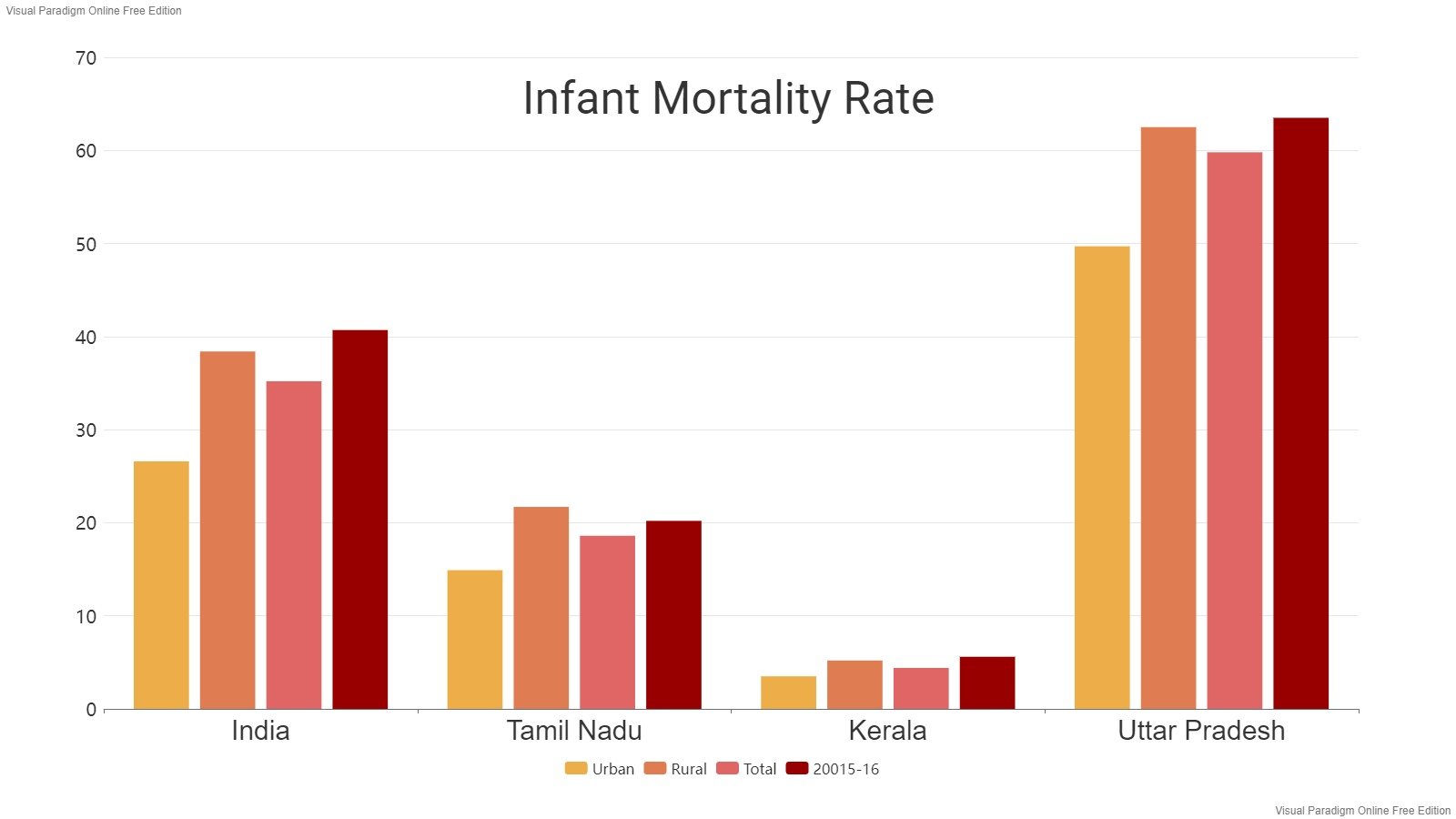Read in : தமிழ்
The price of electricity has become a hot topic in Tamil Nadu, with the DMK government proposing a tariff hike from September. While the erstwhile ruling party, the AIADMK has announced a demonstration to protest the move, the State government has defended the impending hike as unavoidable, caused by the financial crisis facing the electricity provider, TANGEDCO, and its inability to raise more debt from financial institutions. The see-saw political battle ignores the alternatives available to reduce power costs and for consumers to invest in renewables and power-efficient electrical gadgets.
The answers to the political wrangles are to be found in the white paper of the Tamil Nadu Finance Minister published in 2021, and the reports of the Comptroller and Auditor General (CAG), both of which say TANGEDCO’s debts mounted inexorably under AIADMK rule, leaving a trail of financial losses. There are CAG observations on financial mismanagement in the previous government’s tenure, and corruption allegations were also made by the DMK on the import of coal four years ago.
The white paper points to an accumulated loss of Rs1,11,084.50 crore as of 2020-21, an increase of 106.8% over the decade from 2011-12. One of the major criticisms targeting the State government by the CAG is that it failed to adopt the Centre’s UDAY scheme for financial restructuring of the power sector in letter and spirit, dragging its feet in taking over the financial liabilities of TANGEDCO fully, not acting to cut technical loss of electricity, and not metering supply accurately, including for agricultural and hut connections, to realise revenue where it was due.
According to the CAG the entire saga of financial troubles, missteps and lost opportunities running parallel to the AIADMK regime raised TANGEDCO’s outstanding debt in 2019-20 to Rs1,23,895.68 crore.
The CAG points out that the Tamil Nadu government (in the AIADMK’s tenure) did not take over the entire eligible TANGEDCO debt under the UDAY scheme, agreeing to subsume only 34.38%, leading to additional interest payments of Rs9,150.60 crore during 2017-20. It also did not restructure its debt suitably using bonds, leading to an additional avoidable interest of Rs1,003.86 crore. According to the CAG, the entire saga of financial troubles, missteps and lost opportunities running parallel to the AIADMK regime raised TANGEDCO’s outstanding debt in 2019-20 to Rs1,23,895.68 crore.
In his response to the proposed hike, BJP State President K. Annamalai said on Twitter that the Tamil Nadu government’s aim seemed to be to make a few rich and the masses poor through the power tariff hike. It is pertinent to note that the reform scheme which Tamil Nadu is now aligning itself with is that of the BJP Government at the Centre.
Rooftop shines brighter
But there is another way to tackle the power crisis, as activists have been demanding. Tamil Nadu has a rooftop solar potential of about 5 to 5.5 kWh per square metre (M2, World Bank data for 1998-2018, daily average of Global Horizontal Irradiation). This estimate is consistent with much of the peninsular sub-continent, although the Deccan gets a slightly higher output in the South, and the Western States the highest potential at about 5.8 kWh.

It is common knowledge that the electricity system in the State is heavily rent-seeking, with an unofficial price attached to almost every new facility. (Photo credit: Donna Currall- Flickr)
As a peak demand location, Chennai should have been energy rich, full of rooftop solar panels, silently adding high volumes to the State grid that would make it possible to provide high quality power to the smallest towns and villages rather than browning them out.
Yet, The Hindu BusinessLine reported last year that Tamil Nadu’s rooftop solar capacity was just 537 MW, of which 75% was in the industrial sector. Clearly, this indicates the big gap between potential and capacity creation in India’s most urbanised State.
Also Read:
Expert panel for flood in Chennai wanted transparency, but . . .
Can Tamil Nadu coast survive deadly wet bulb temperature?
The tariff hike is a suitable moment to review the functioning of the various government agencies responsible for creation of power demand on the one hand, and supply of electricity on the other. Building codes could be revisited, revised and implemented strictly to boost renewable energy installation.
There are several standalone orders issued by the State government from time to time, aimed at augmenting decentralised solar power. For instance, the Tamil Nadu Electricity Regulatory Commission (Grid lnteractive Solar PV Energy Generating Systems) Regulations, 2021, enable the installation of rooftop solar systems by virtually anyone, feeding power to the grid and getting compensated either for gross contribution to the grid, or as net supply after using some of the power locally.
Again, the Tamil Nadu Combined Development and Building Rules, 2019, issued by the Greater Chennai Corporation mandate the installation of solar photovoltaic panels in high rise buildings and non-highrise buildings with more than 16 dwelling units and 300 m2 area. Power generated from such solar installations is meant to be used for common areas, lifts, pumps and so on, with a net metering facility available to the building.
It is a moot point whether such regulations have been taken seriously by TANGEDCO, even as its debt mounted over the years.
Cooperative model, climate concerns
Tamil Nadu is famous for its cooperatives and Self-Help Group model to aid communities in achieving self-sufficiency and give a boost to the rural economy. In the era of concern over a changing climate and pollution from expanded coal-fired power production, the State could leverage both these models to raise solar power production.
Germany and Spain demonstrated the working of solar cooperatives, harnessing the power of communities to address the problem. The average citizen would make a meagre investment in a small scale solar project, in return getting a 30% discount (as in Spain) on the power tariff.
Tamil Nadu has a rooftop solar potential of about 5 to 5.5 kWh per square metre. Chennai should have been energy rich, full of rooftop solar panels, adding high volumes to the State grid
Evidently, this model would be easy to implement in the Indian context, given the demographics and the size of the middle class. Neither is the cost of installation a serious deterrent. Indicative prices for solar installations advertised by vendors in Tamil Nadu come to Rs.96,000 for an off-grid 1 kWH system and a grid-connected equivalent to Rs.60,000 per kWH, the latter involving a subsidy claim.
TANGEDCO’s failure to popularise and facilitate such installations has been heavily criticised, as one of the causes for its financial troubles. It is common knowledge that the electricity system in the State is heavily rent-seeking, with an unofficial price attached to almost every new facility. It is virtually impossible to get a three-phase connection in Tamil Nadu without paying a bribe. On the other hand, there is little effort to curb politically-endorsed power theft, whether by street side religious places, mostly temples, and by local political functionaries conducting meetings with lavish serial light displays.
At the level of the individual consumer, it is equally important to be aware of energy efficiency ratings, using the star system – more the energy stars, lower the power requirement for a light bulb or fan or gadget. TANGEDCO would do well to highlight efficiency to all consumers, stoking their self-interest instincts.
Read in : தமிழ்




